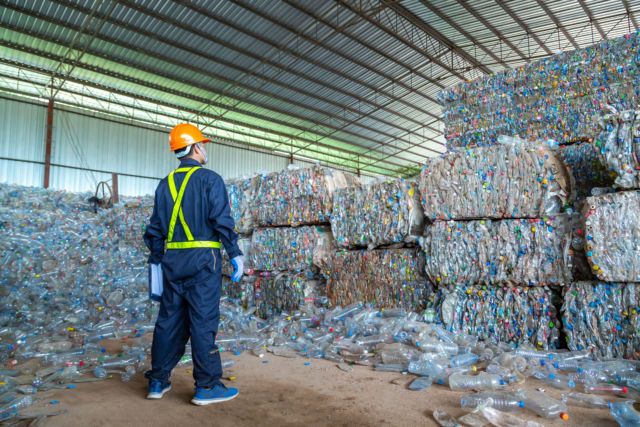Sustainable technology means improving our social and environmental footprint at every stage of product life, from raw material extraction to end-of-life. Sustainable development is the greatest challenge of our time. It brings together a number of global problems—pollution and intoxication of the space in which we live; poverty and starvation; climate change; depletion of mineral and organic resources; ecological devastation; and global inequity. Technologies have played an important role in creating the problems that we face, but will also play an important role in solving them. The reason is not that sustainable development is a technological mission. rather, sustainable development is the mission for the whole of society. However, technology is deeply entrenched in our society; without it, society would immediately collapse.



The way technology is perceived and used in a social context, the way in which it affects or even transforms this context, the way it interacts with technological systems and its physical context, the time frame of analysis, and the quantity of use. In general, sustainable product claims are often based on a single feature of the product, disregarding other possible articulations—being energy-efficient or recyclable, for instance. With that simplification, global tourism becomes sustainable if the tourist pays for co2 compensation.
In order not to aggravate other problems while trying to fix one, it remains important to keep a clear vision of all aspects of sustainable development when addressing specific problems. But this list of all aspects does not exist. Sustain- able development is essentially an open concept that deals with all issues that can threaten ‘our common future’. As such, sustainable development has the characteristics of a design project: there are several conditions for a design that cannot all be fulfilled completely. There is not one ‘good’ design but there are several ways of searching for more effective compromises of these demands. And new demands might always be added. But there is also an important difference: a failed product design will be unsuccessful in the market. In sustainable development we cannot afford that—it is our common responsibility to make it successful.



The well-known and still widely used method of lca (life-cycle analysis) will, we think, not be sufficient. The method intends to trace and calculate the various environmental effects of technology. While measurement of direct environmental impacts today is not unproblematic,1 lca cannot address all aspects of sustainable development as there is no finite list of aspects: sustainable development is an open design challenge!